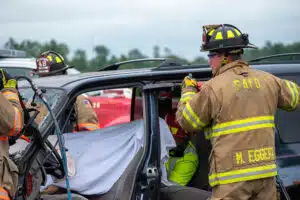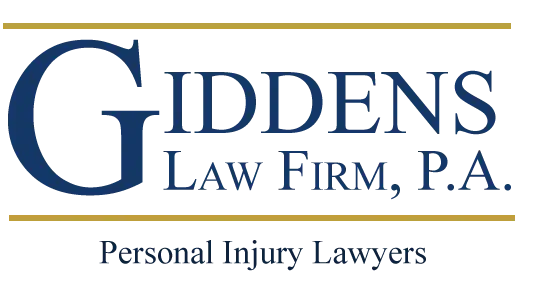What Are the Common Types of Car Accidents in Mississippi?
The common types of car accidents in Mississippi include head-on collisions, t-bone accidents, sideswipe crashes, rear-end car accidents, and much more. If you were involved in any of these type of car accidents, you will need an experienced Mississippi car accident lawyer to help you with your claim. Contact Giddens Law Firm today to learn what your legal options are and what your next steps should be. The consultation is free so please call.
What Are the Types of Car Accidents Mississippi Drivers Deal With the Most?

- Rear-end collisions: When a driver is following too closely behind another vehicle or is not paying attention to the traffic slowing in front of them, a rear-end collision can occur.
- Sideswipe car accidents: When the driver is either drifting to the next lane or change the lane without looking, they may hit another vehicle on the side.
- Head-on collisions: The most deadliest type of car accidents, a head-on car accident occurs when another vehicle hits the front of another car. These types of accidents can result in a fatal car crash.
- T-bone accidents: Also known as side impact or broadside collisions, a t-bone car accident usually occur at an intersection when a driver fails to yield, tries to run a red light, or turns without checking for oncoming traffic.
- Rollover accidents: A rollover car accident usually occurs with an SUV, a pickup truck, or a van do to their higher center of gravity as compared to a passenger car. They can be caused by sharp turns or driving off the side of the road.
What Causes Most Car Accidents in Mississippi?
Generally, the majority of auto accident lawsuits are based on the theory of negligence, which is also known viewed as the other party’s failure to engage in a reasonable standard of care while operating a vehicle, using roadways, or following traffic signs and signals. Initial investigations by an attorney or insurance company will assist in determining which party involved acted carelessly and/or violated local traffic laws.
To prove negligence successfully in a car accident lawsuit, you must show the other party did not act with the required standard of care; the negligence caused the car accident; and the breach of this duty caused your injuries. Such defendants commonly include negligent or reckless drivers, intoxicated drivers, pedestrians, passengers, and bicyclists.
Other causes of car accidents include:
Manufacturer Liability
An injured party in an auto accident may be able to bring a claim against the manufacturer of the vehicle or one of the parts, if a defect in either contributed to or caused the accident. Often times, and regardless of any negligence involved, the manufacturer of the vehicle will be liable for injuries sustained as a result of manufacturing, labeling, or faulty design. To prevail in such a claim, you must be able to prove that the defect at issue occurred at some point during the manufacturing process and thereafter contributed to your injury. It is common for expert testimony and analysis to be required to validate and determine if the defect was established during the manufacturing process or after the vehicle was bought. Successful cases demand that the plaintiff show the defective vehicle or part was “unreasonably dangerous”; the vehicle was being operated as intended; and the vehicle’s performance had not changed since its initial purchase. Some of the more frequent suits against manufacturers concern defective seatbelts, tires, brakes, accelerators, engines, and airbags.
Road Design
In many cases, faulty design, maintenance, or construction of roadways can contribute to automobile accidents. Common causes of such events include:
- Embankments. This occurs when a road is curved, and the outer edge is fixed at an incline as a safeguard. These heightened areas serve to manage traffic so that vehicles can access the outer edge of the road without driving off of it. Sometimes an embankment may be too steep or not elevated properly, putting drivers and their passengers in a position of potential danger.
- Barriers and Guardrails. Physical structures placed on and along a road generally in the form of a barrier, guardrails, medians, curbs, and speed bumps, are meant to influence and encourage safe driving. If the construction of these are poorly designed or inappropriately placed, a motorist’s safety may be in jeopardy.
- Road Surfaces. A variety of changes or alterations that exist on a road’s surface usually alerts a driver of imminent hazards, or without notice, if you leave your lane unexpectedly.
- Signage. Signs are created to give motorists prior notice of sharp turns, approaching intersections, and animal crossings, to name a few. They should be correctly positioned in conspicuous, apparent locations for greatest visibility.
- Traffic Control. Traffic signals, including lights at intersections, yield and stop signs, and pedestrian crosswalks indicators, among others, facilitate safe and efficient traffic flow. Proper arrangement and operation of such signs and signals are imperative.
Our Mississippi Car Accident Lawyer is Here to Help
The Giddens Law Firm can help ensure you receive full benefits from your insurance company and determine whether you are eligible to file a claim for additional damages against the party at fault that caused the accident. Call our offices today at 601-355-2022 for a free consultation to discuss your legal options!
Related Practice Areas

